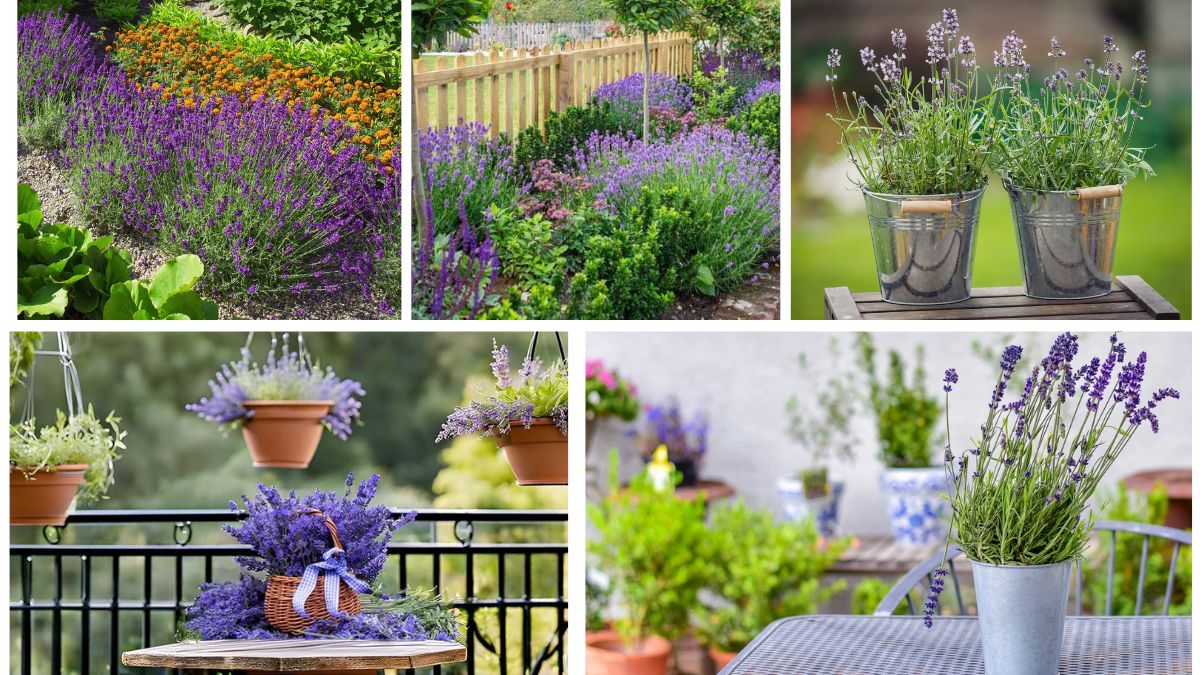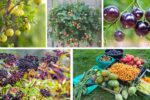Lavender is one of the most cherished plants in the gardening world, adored not only for its beauty but also for its calming fragrance and versatile uses. Whether you want to create a peaceful garden, decorate your home with soothing colors, or harvest blooms for aromatherapy, lavender is a perfect choice. With its silvery-green foliage, elegant purple spikes, and heavenly scent, lavender plants can transform any corner of your home or garden into a tranquil retreat.
But not all lavender varieties are the same. Some thrive in warm climates, others withstand cold better, and a few have uniquely shaped flowers that make them stand out. If you’re looking to add lavender to your collection, choosing the right type is key. In this article, we’ll explore five beautiful lavender plants that can bring charm, color, and serenity to your space.
1. English Lavender (Lavandula angustifolia) – The Classic Favorite
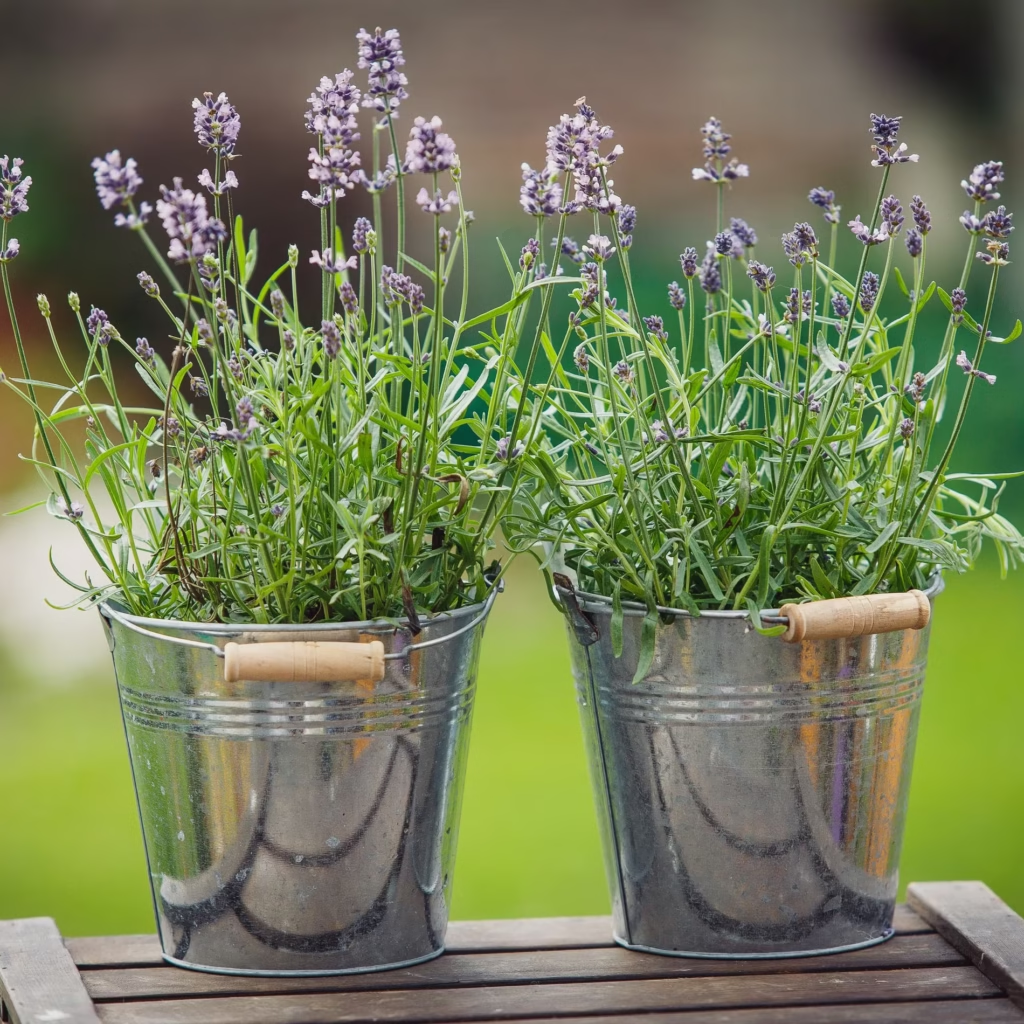
English lavender is perhaps the most well-known and widely grown type of lavender. Its compact size, silvery foliage, and fragrant purple-blue flowers make it a top choice for both indoor pots and outdoor gardens. Despite the name, English lavender actually originates from the Mediterranean but thrives in cooler climates, making it ideal for temperate regions.
Why it’s special:
- English lavender is highly aromatic and is often used in perfumes, soaps, and essential oils.
- Its dried flowers retain their scent for months, making them perfect for sachets, potpourri, or even culinary use.
- It blooms from late spring to early summer, filling the air with fragrance.
Growing tips:
Plant English lavender in well-draining soil and give it at least 6–8 hours of sunlight daily. Water sparingly—lavender prefers drier conditions and struggles in soggy soil. With proper pruning, this variety can live up to 15 years, making it a long-term garden companion.
2. French Lavender (Lavandula dentata) – The Elegant Decorative Option
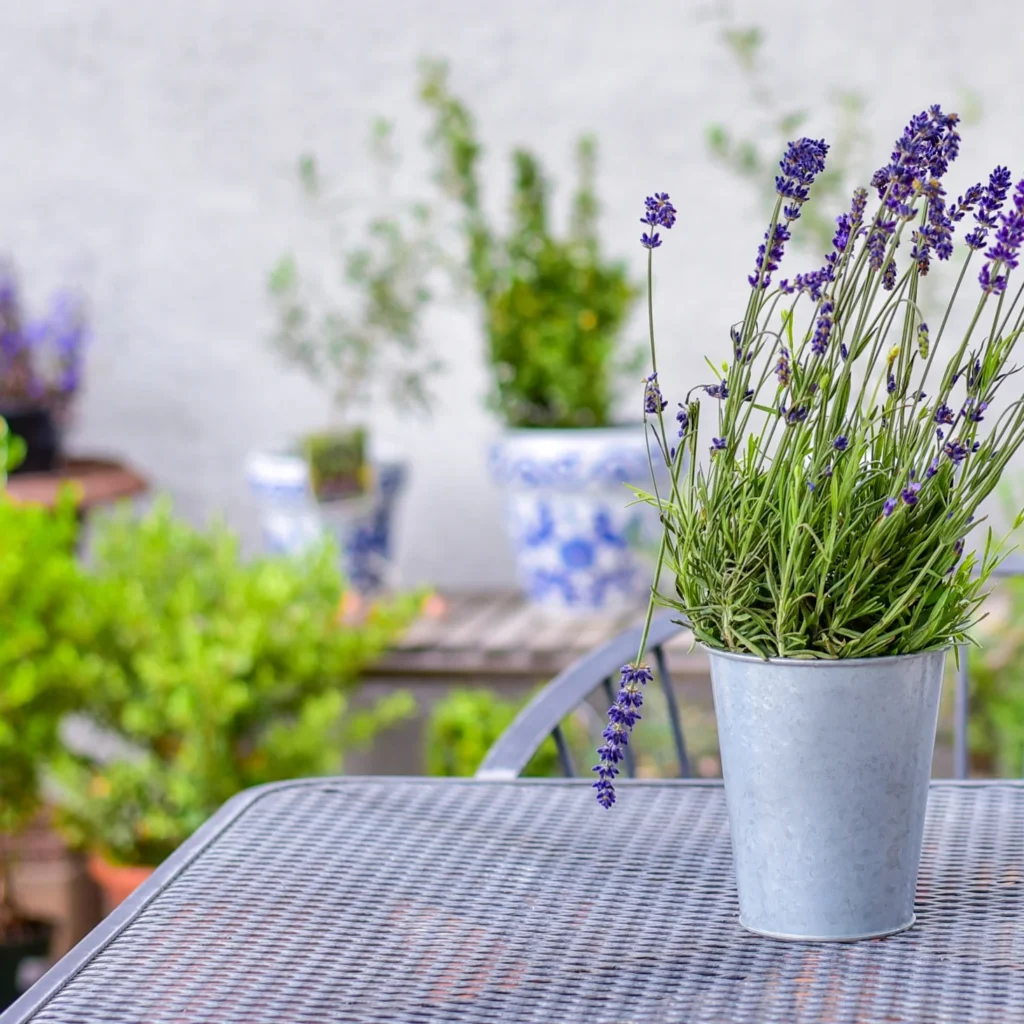
French lavender, also known as toothed lavender, is recognized by its distinct serrated leaves and delicate purple flowers with showy bracts at the tips. Unlike English lavender, this variety has a lighter, somewhat pine-like fragrance and is often grown more for ornamental beauty than for essential oil production.
Why it’s special:
- Its flowers bloom repeatedly throughout the year in warm climates, offering long-lasting color.
- The gray-green foliage adds an elegant texture to gardens and pots.
- French lavender is less hardy but thrives in warm, dry climates, making it great for Mediterranean-style gardens.
Growing tips:
French lavender enjoys full sun and thrives in sandy, alkaline soils. It’s less frost-tolerant, so in cooler regions, it’s best grown in containers that can be brought indoors during winter. With consistent pruning, it can form a neat, bushy shape perfect for decorative borders.
3. Spanish Lavender (Lavandula stoechas) – The Eye-Catching Showstopper
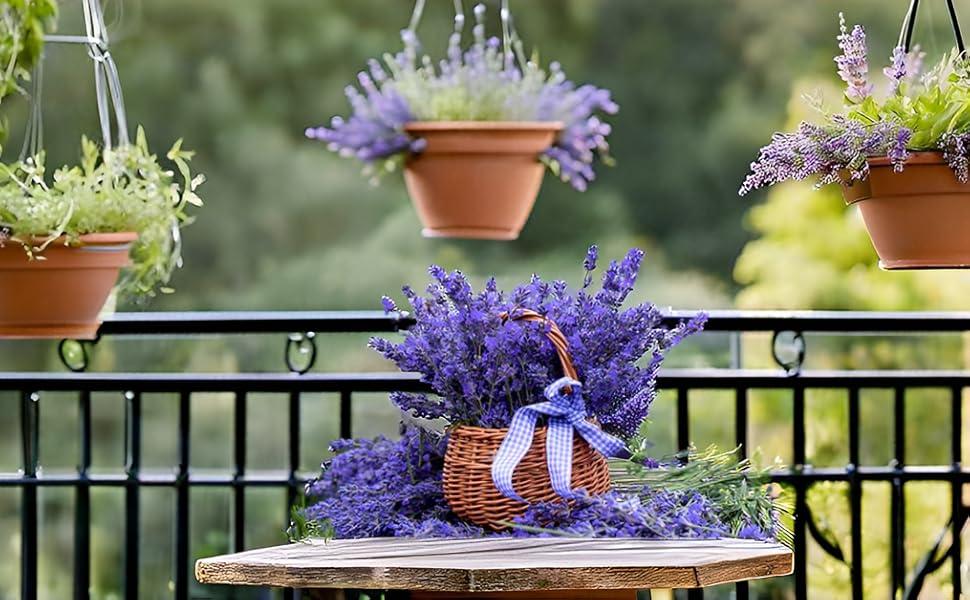
Spanish lavender is easy to recognize thanks to its unique flower shape—dense purple heads topped with bright, petal-like bracts that resemble rabbit ears. These quirky flowers make it one of the most striking lavender varieties, perfect for adding bold character to any space.
Why it’s special:
- Its unusual “butterfly-like” blooms stand out in garden beds and containers.
- It’s an early bloomer, often flowering in spring before other lavender varieties.
- Its strong fragrance attracts pollinators like bees and butterflies, adding life to your garden.
Growing tips:
Spanish lavender prefers hot, dry climates and tolerates heat better than English or French lavender. Plant it in sandy or rocky soil with good drainage. Because it’s less cold-hardy, it thrives best in USDA zones 8–11 or indoors in colder regions. Regular deadheading will encourage more blooms.
4. Lavandin (Lavandula x intermedia) – The Fragrant Hybrid
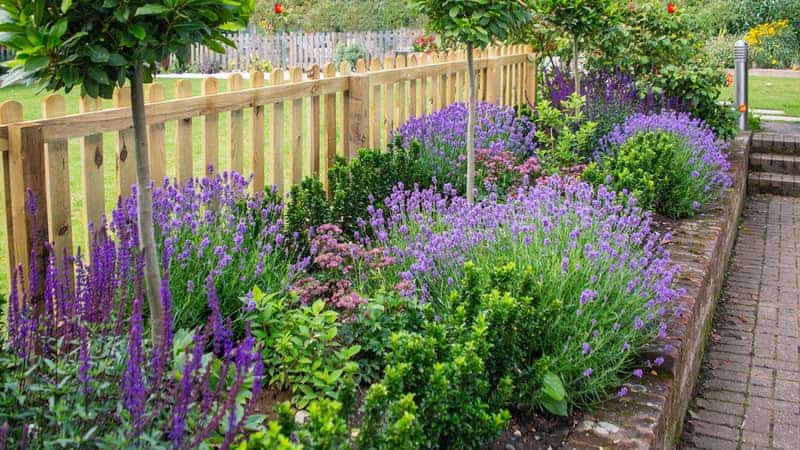
Lavandin is a hybrid cross between English lavender (Lavandula angustifolia) and Portuguese lavender (Lavandula latifolia). Known for its tall flower spikes and strong fragrance, Lavandin is widely used in the perfume and essential oil industry. It’s also highly ornamental, producing abundant blooms that sway beautifully in the wind.
Why it’s special:
- Produces more essential oil than English lavender, though with a slightly sharper scent.
- Tall flower stalks make it ideal for creating striking borders and hedges.
- Blooms later in the summer, often extending the lavender season.
Growing tips:
Lavandin thrives in sunny, open areas with well-draining soil. It’s hardy in zones 5–9 and tolerates heat better than English lavender. However, it doesn’t handle extreme cold as well. Prune after flowering to keep it bushy and prevent woody stems.
5. Goodwin Creek Grey Lavender (Lavandula x ginginsii) – The Indoor-Friendly Star
Goodwin Creek Grey is a hybrid variety that has become increasingly popular as a houseplant. Its compact form, silvery foliage, and year-round flowering ability make it perfect for indoor pots and small gardens. Unlike some other lavender types, this one adapts better to indoor growing conditions.
Why it’s special:
- It blooms almost continuously with proper care, filling your space with fragrance.
- Its silvery-gray leaves provide a striking contrast in indoor plant displays.
- Hardy, low-maintenance, and less fussy than many other lavender varieties indoors.
Growing tips:
Place Goodwin Creek Grey lavender near a sunny window where it gets 6–8 hours of light. Indoors, avoid overwatering and ensure the pot has excellent drainage. Outdoors, it’s hardy in zones 7–10. Prune lightly to encourage bushy growth and steady blooms.
Extra Tips for Growing Lavender Successfully

No matter which lavender variety you choose, following a few golden rules will help you succeed:
- Soil: Always use well-draining soil—lavender hates “wet feet.”
- Watering: Water deeply but infrequently, allowing the soil to dry between watering.
- Sunlight: Lavender needs at least 6 hours of direct sunlight daily.
- Pruning: Regular trimming after blooms ensures bushy growth and more flowers.
- Indoor care: If growing indoors, ensure good air circulation and avoid placing plants in overly humid rooms.
Conclusion
Lavender is more than just a plant—it’s a lifestyle addition that brings beauty, fragrance, and tranquility into your surroundings. From the classic English lavender to the quirky Spanish variety, or the continuously blooming Goodwin Creek Grey, each type has something unique to offer. By selecting the right variety for your climate and lifestyle, you can enjoy year-round beauty and the soothing presence of lavender in your home or garden.
So, if you’re looking to create a calm, colorful, and fragrant space, start with one of these five beautiful lavender plants. They’re not just flowers—they’re natural stress relievers, pollinator magnets, and timeless symbols of peace and relaxation.
